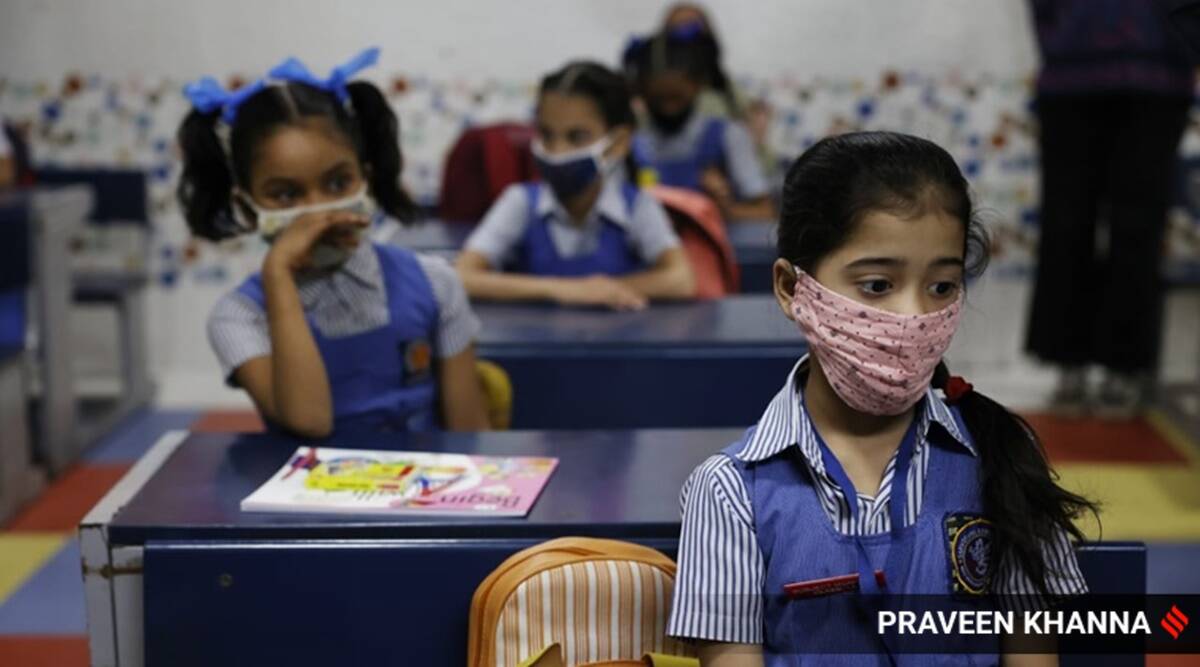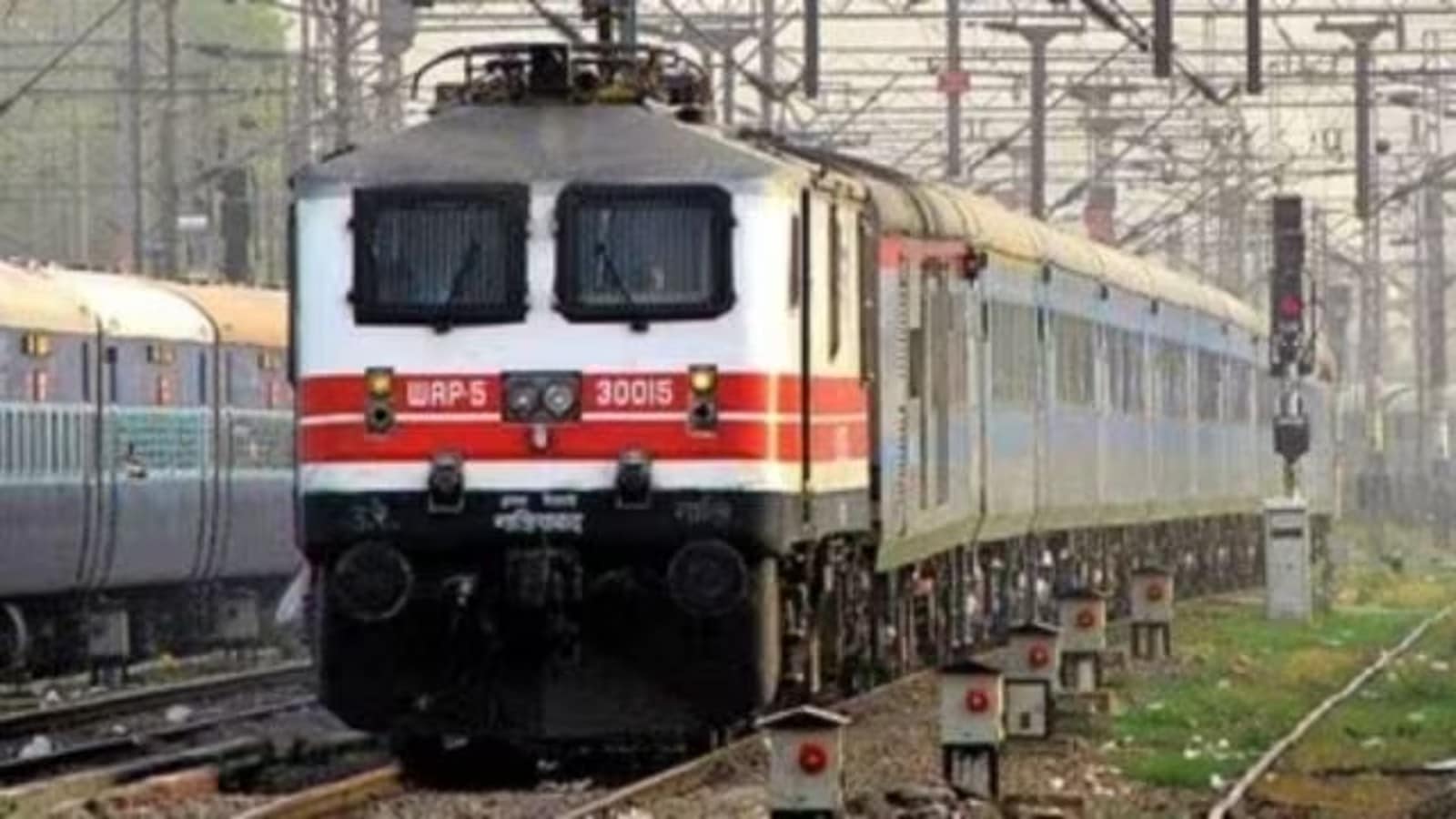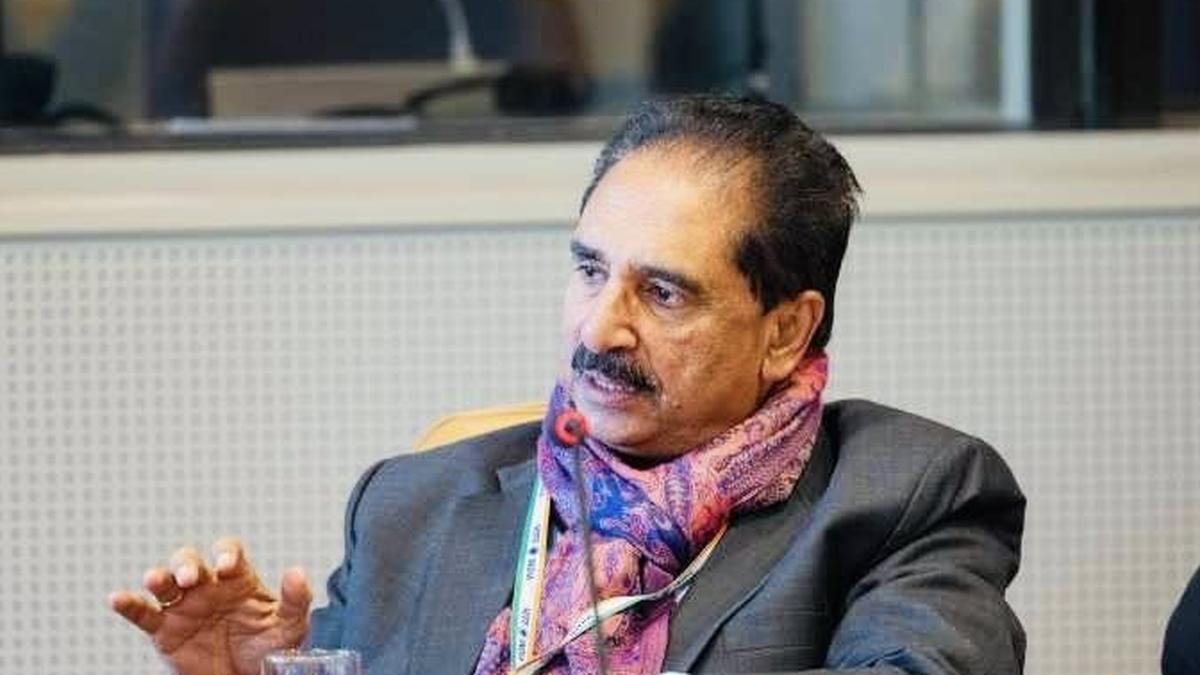School students will soon be able to earn credits from classroom learning as well as extracurricular activities, which will be deposited in a credit bank — a system already in place at the higher academic level — as the Centre on Wednesday unveiled the draft National Credit Framework.
The framework aims to formulate a unified credit accumulation and transfer for general and vocational studies, and from school to higher education.
Besides, frameworks for higher education and skill education are currently not integrated, and the proposal is to integrate all frameworks, including the one at school level, under one umbrella.
At the launch of the draft framework and a public consultation on it, Union Education Minister Dharmendra Pradhan also announced plans to conduct an “Aadhaar-enabled student registration” drive, which will be followed by opening of Academic Bank of Credits (ABC) accounts, where credits can be deposited.
He said: “An Aadhaar-enabled student registration will take place. After student registration, an ABC account will be opened. The deposit of degree and credits will take place in those accounts. There will be a knowledge locker along the lines of DigiLocker.”
Pradhan said the framework has been developed to enable integration of academic and vocational domains to ensure flexibility and mobility between the two. This, he said, “would be a game-changer by opening numerous options for further progression of students and inter-mingling of school and higher education with vocational education and experiential learning”.
Seamless education
The proposed framework seeks to prepare the educational system for gradual implementation of National Education Policy provisions such as the four-year undergraduate programmes, which comes with features such as multiple entry and exit. It will, among others, enable students who have dropped out of mainstream education to re-enter the education ecosystem.
The draft framework has been formulated under UGC (Establishment and Operation of Academic Bank Of Credits in Higher Education) Regulations, notified in July 2021.
While the National Institute of Open Schooling follows a credit system, currently there is no established credit mechanism for regular school education in the country.
At the higher education level, there is a choice-based credit system, where the requirement for awarding a degree or diploma or certificate is prescribed in terms of the number of credits to be earned by students.
At the school level, the draft National Credit Framework now proposes that the credit regime be divided into five levels: from pre-school to class II; classes III to V; classes VI to VIII, classes IX to X; and, finally, classes XI and XII. A student who clears class XII will be at credit level 4. Under the draft framework, the credit points will be carried over to the graduation level, and further.
The framework has provisions of credit levels going up to 8 for those who obtain doctorate degrees. The credit levels will range between 4.5 and 6 at four-year courses at undergraduate level, followed by the post-graduation level (between level 6 and 7).
A student will have to earn at least 40 credits for completing each year of school, besides clearing the exams. The annual “notional learning” duration to earn at least 40 credits has been fixed at 1,200 hours — these will be not just time spent in classrooms but also a range of extracurricular activities and sports. It may include yoga, other physical activities, performing arts, music, social work, NCC, vocational education, as well as on-the-job training, internships or apprenticeships, among others.
!function(f,b,e,v,n,t,s)
{if(f.fbq)return;n=f.fbq=function(){n.callMethod?
n.callMethod.apply(n,arguments):n.queue.push(arguments)};
if(!f._fbq)f._fbq=n;n.push=n;n.loaded=!0;n.version=’2.0′;
n.queue=[];t=b.createElement(e);t.async=!0;
t.src=v;s=b.getElementsByTagName(e)[0];
s.parentNode.insertBefore(t,s)}(window, document,’script’,
‘https://connect.facebook.net/en_US/fbevents.js’);
fbq(‘init’, ‘444470064056909’);
fbq(‘track’, ‘PageView’);






